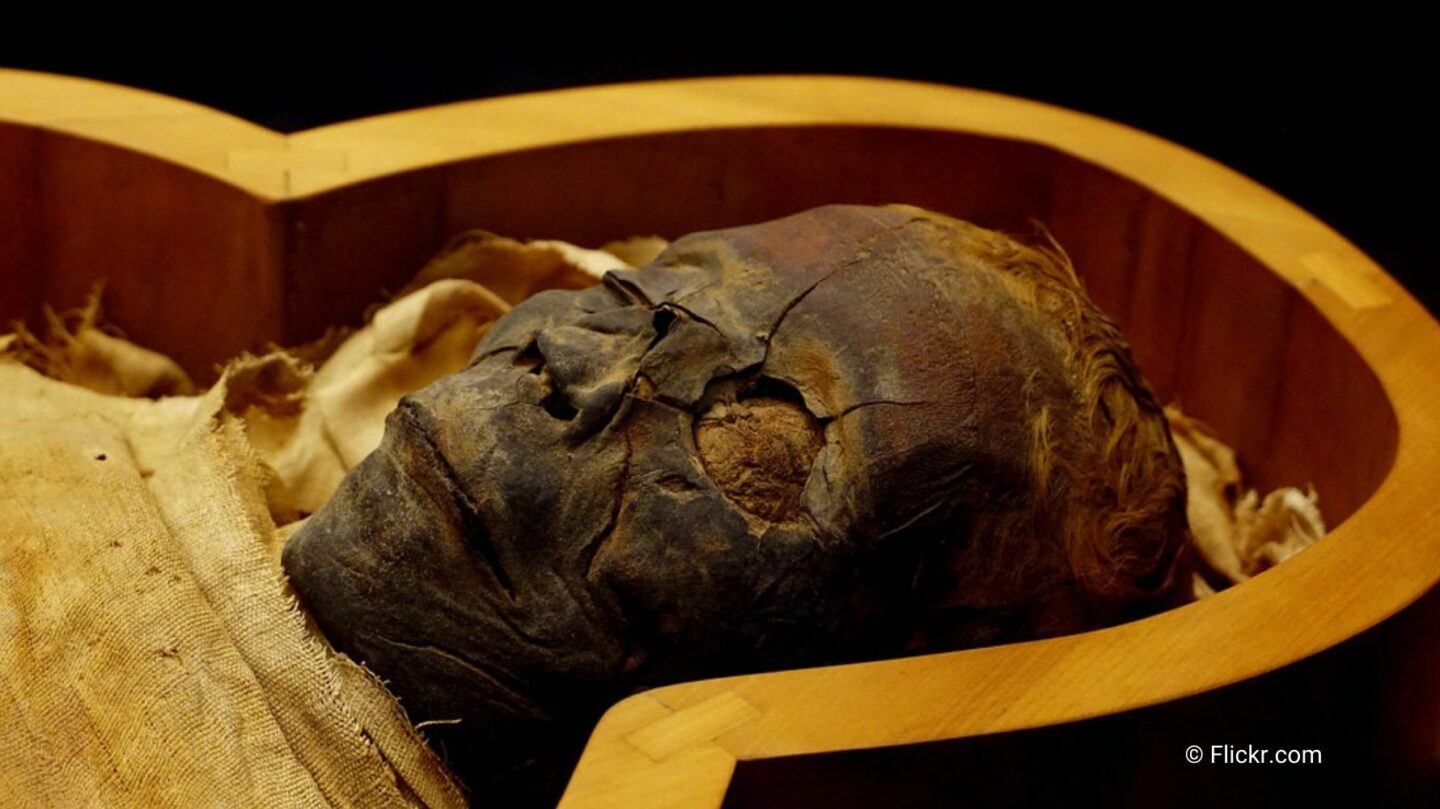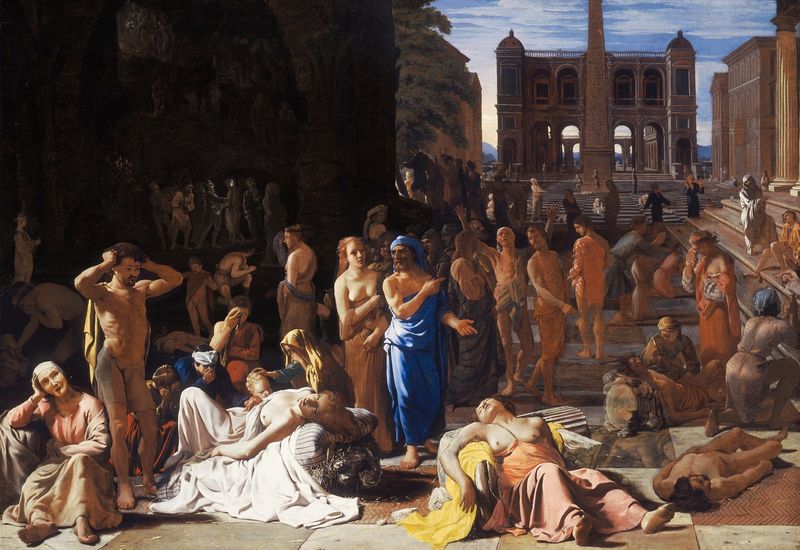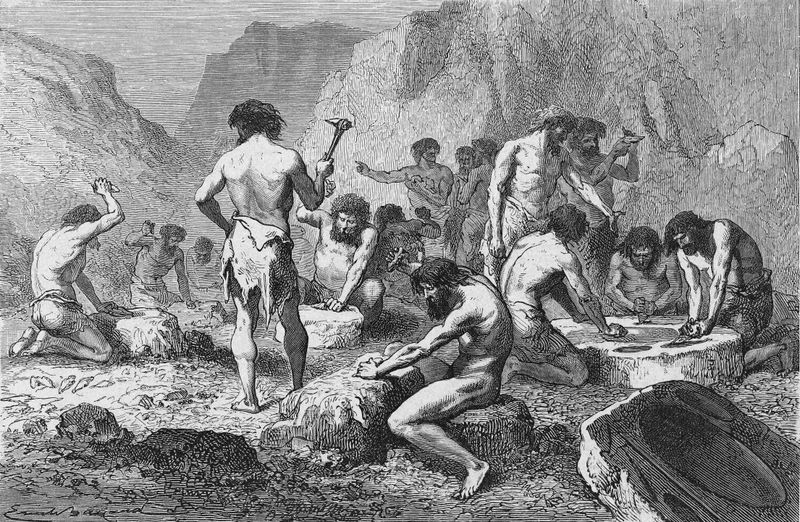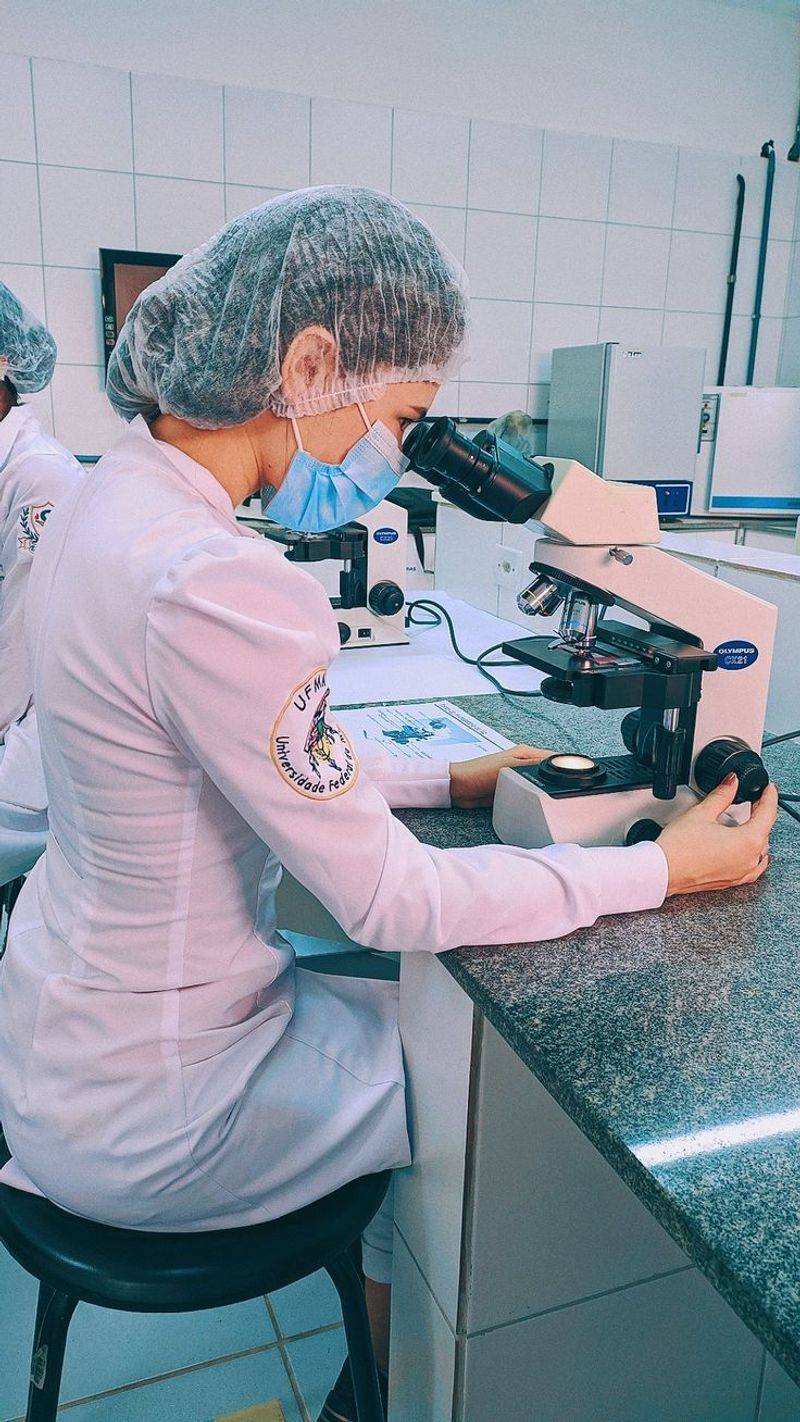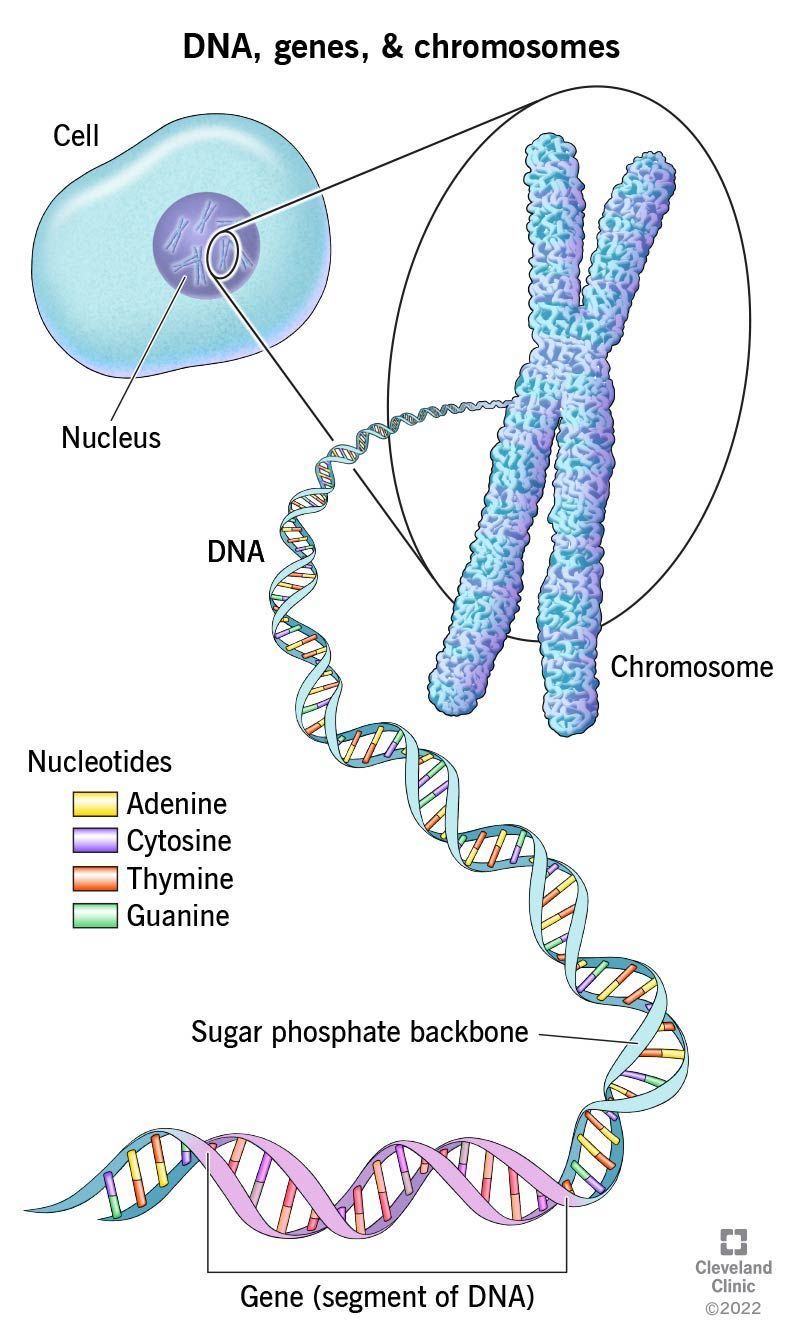The discovery of a genetic link between ancient mummies and a historical disease that caused 50 million deaths provides invaluable insight into the epidemiology and impact of past pandemics. This blog post delves into 50 intriguing aspects of this revelation, exploring the mummies, the disease, its historical context, and the broader implications for modern science and medicine.
Decoding Ancient DNA
Unlocking the secrets of ancient DNA involves extracting genetic material from centuries-old samples, a meticulous process requiring precision. Scientists use advanced techniques to sequence and interpret these ancient genomes, providing insights into past populations and diseases. This task demands both skill and patience. By studying the genetic makeup of these mummies, researchers can identify markers of ancient pathogens, offering clues about historical health and disease. This understanding helps bridge the past with the present, shedding light on how ancient diseases might have evolved over time. Such endeavors are crucial for modern science, offering a window into our biological history.
The Mummy Connection
The mummification process preserved not just the body but also vital genetic information, making these ancient remains a treasure trove for modern scientists. By examining the DNA of mummies, researchers can trace the lineage and health conditions of past civilizations. This connection allows scientists to pinpoint specific diseases that affected ancient populations, offering a glimpse into the epidemiological challenges of the past. Understanding these connections is vital for piecing together historical disease patterns and their impact on societies. The study of mummy DNA thus opens doors to unraveling long-lost medical mysteries that continue to influence us today.
Historical Impact of the Disease
The disease linked to mummy DNA is believed to have caused widespread devastation, claiming millions of lives in ancient times. Its impact on society was profound, altering the course of history through depopulation and social upheaval. Understanding this historical impact helps historians and scientists alike draw parallels with modern-day pandemics. The study of such diseases provides context for how societies have historically responded to health crises, offering lessons for current and future public health strategies. By examining the societal shifts caused by this ancient epidemic, researchers gain insights into the resilience and adaptability of human populations.
Modern Relevance of Ancient Diseases
Ancient diseases hold clues to contemporary health issues, offering a unique perspective on how pathogens evolve over time. By studying these ancient illnesses, scientists can identify genetic mutations that might still affect populations today. This research is crucial for developing vaccines and treatments that address both past and present pathogens. Moreover, understanding ancient disease dynamics can inform epidemiological models, improving predictions for future outbreaks. The relevance of ancient diseases to modern health challenges highlights the interconnectedness of history and science, emphasizing the importance of preserving and studying historical biological data for the benefit of future generations.
Technological Advances in DNA Sequencing
Advancements in DNA sequencing technology have revolutionized the study of ancient genomes. Modern high-throughput sequencing platforms allow scientists to decode genetic material from millennia-old specimens with unprecedented accuracy. These technological strides enable researchers to reconstruct DNA sequences, revealing information about ancient diseases and their carriers. The precision of these tools has opened new avenues for understanding the genetic diversity of ancient populations and the pathogens that plagued them. As technology continues to evolve, the potential for discovering new insights from ancient DNA grows, promising further breakthroughs in our understanding of past and present biological phenomena.
